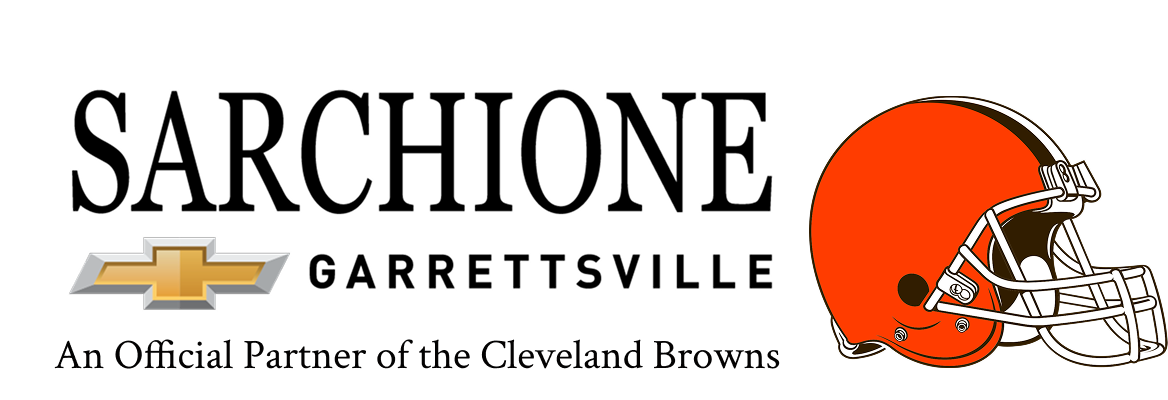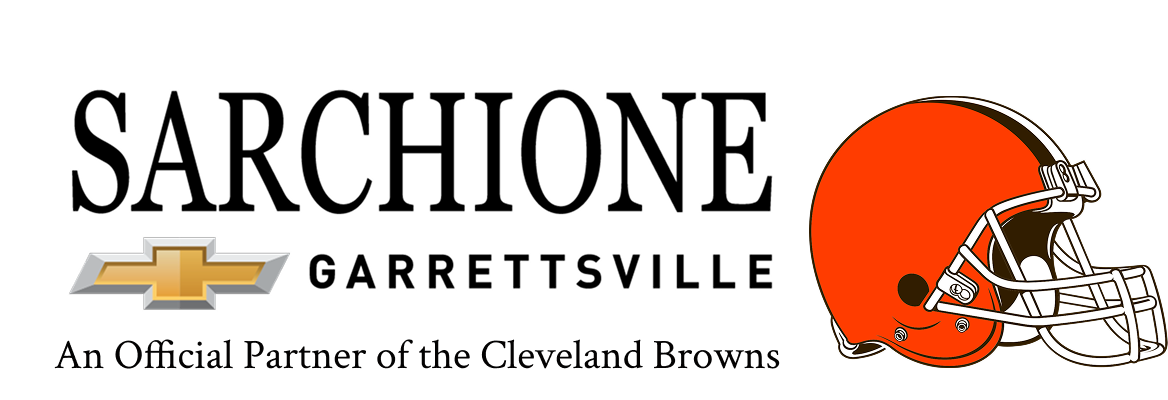Hearing a clicking sound while driving can be frustrating, especially when it comes from the Chevy Suspension system. For car owners, these noises are not only annoying but may also signal underlying mechanical issues that should not be ignored. Since the suspension system plays a vital role in maintaining comfort, stability, and safety, addressing noises promptly is essential. A clicking noise can stem from worn parts, loose connections, or more complex mechanical failures. Understanding the common causes and solutions can help you restore smooth performance and protect your Chevy from further damage.
Common Causes of Clicking Noises in Chevy Suspension
A clicking noise from the suspension often originates from components that endure constant stress and movement during regular driving conditions. Worn-out ball joints are one of the most frequent culprits, as they allow movement between the control arm and steering knuckle. When they lose lubrication or develop excess play, clicking becomes evident during turns, while accelerating, or when traveling over bumps.
Loose or damaged sway bar links can also contribute, since they connect the sway bar to the control arm and can rattle when compromised. Additionally, CV joints in front-wheel-drive models may click when the protective boots tear, letting dirt and moisture cause premature wear over time.
Diagnosing the Source of the Noise
Pinpointing the root cause of a clicking suspension requires careful inspection. Begin by listening closely to when the noise occurs, whether during acceleration, braking, or while turning. Noises heard when driving over uneven surfaces often indicate worn shocks or struts. On the other hand, clicking that intensifies during steering maneuvers is usually linked to CV joints or ball joints. Lifting the vehicle with proper equipment allows for a hands-on check, where technicians can test for looseness in joints and rods. Ensuring all bolts and fasteners are secure is also part of this diagnostic stage.
Repair Solutions for Chevy Suspension
Once the faulty component is identified, targeted repairs can restore proper function. Replacing ball joints or sway bar links often eliminates the clicking noise and improves handling. If the issue lies with CV joints, replacing the axle shaft assembly may be necessary to ensure long-term reliability.
Damaged shocks or struts should also be replaced promptly, as they not only cause noise but also reduce ride comfort and stability. In all cases, using OEM or high-quality replacement parts is recommended to preserve the durability and performance of the Chevy Suspension system.
Preventive Maintenance and Long-Term Care
Preventing suspension-related clicking noises comes down to consistent maintenance and regular inspections performed at recommended intervals. Lubricating joints, monitoring the condition of protective boots, and ensuring proper alignment can extend the life of critical parts. Regular tire rotations and balancing also play a significant role in reducing unnecessary stress on the suspension and maintaining even tread wear.
Drivers should remain attentive to new sounds, vibrations, or sudden changes in handling, as early detection often leads to simpler and less costly repairs. With proper care, the Chevy Suspension can continue to deliver smooth, reliable, and stable performance for many years to come.


